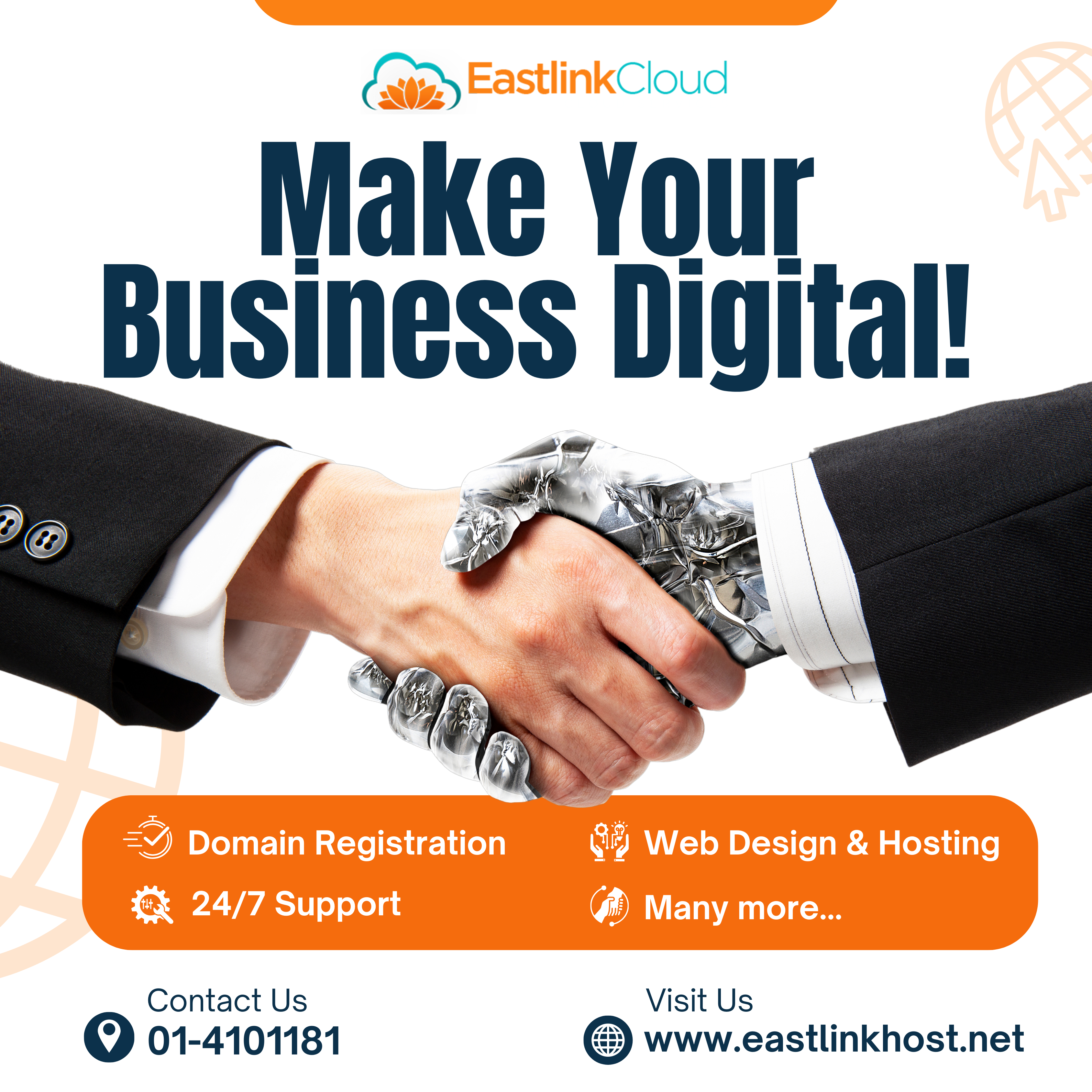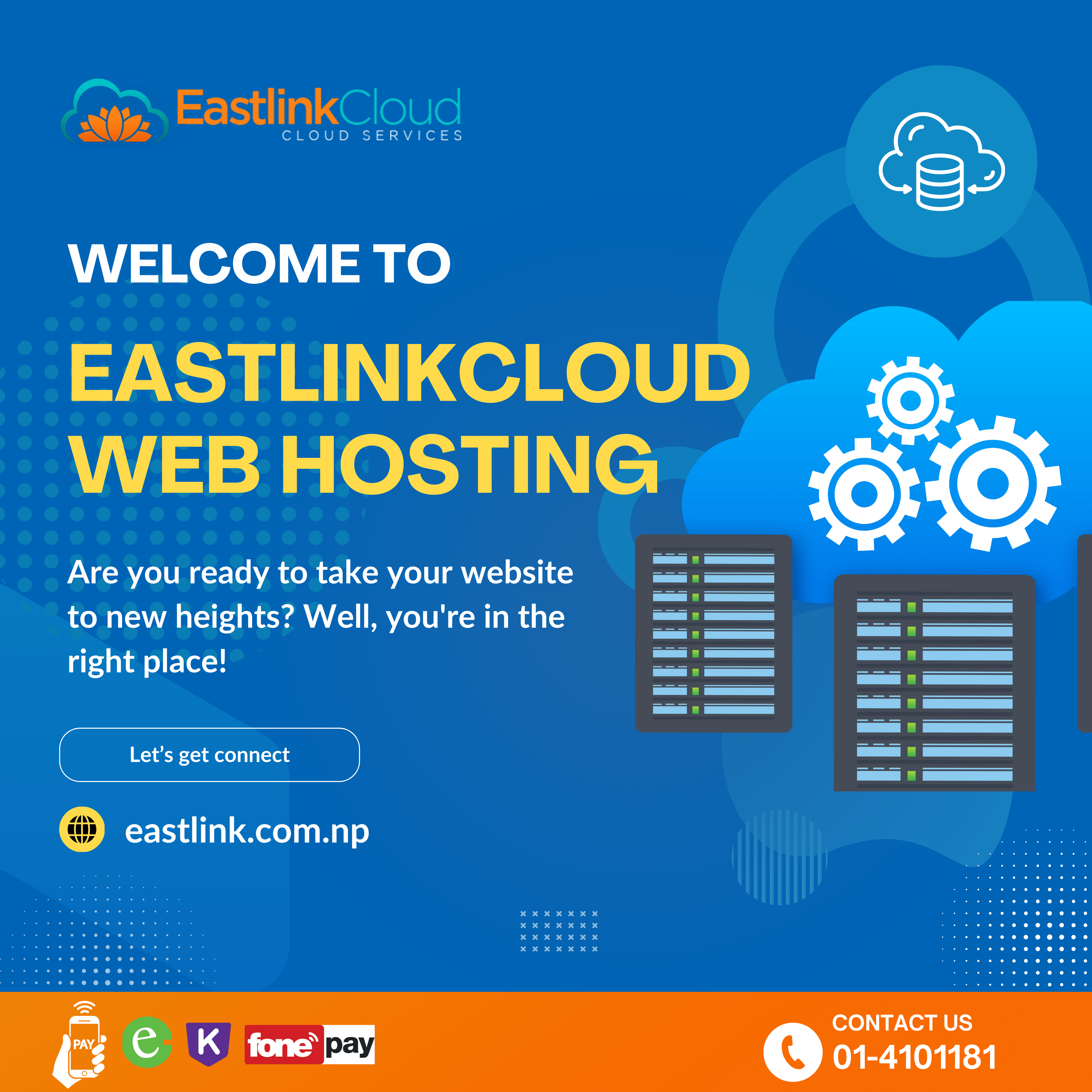What can a Customer Data Platform do for your brand? CDPs connect customer data so every team has insight into how a customer interacts with you on every platform.
The customer data platform (CDP) is one of the fastest-growing categories of marketing technology today. In order to understand why, you have to look at some of the underlying challenges in marketing related to data and personalization.
What does a customer data platform do?
We live in an era where the customer is in control. Amazon can predict what products we will buy next. Netflix recommends the shows we like with great accuracy. Customers want personalized experiences and fast service, and expect companies to have an intimate understanding of their preferences. It’s no longer a marketing advantage to deliver on this — it’s table stakes.
When it comes to marketing, customers want the interactions they have on a company’s website to translate to their mobile app experiences and even in-store visits. The problem is that, for most companies, those environments operate from different data sets — even though the customer is the same.
As customers move from channel to channel, they expect their experiences to be consistent and “in the moment.” Most customer journeys involve three or more different channels (email, web, and mobile app, for example), and customers tend to move seamlessly and quickly between these channels. Many companies, however, don’t have these data environments connected in real time.
The result is a disconnected experience for consumers and the lack of a single source of truth about customers for the marketer.
That’s where a CDP comes in. It’s the glue that combines all of that data in a meaningful way for companies, allowing them to offer personalized experiences and make the customer journey easier and simpler.
How does a customer data platform work?
The first thing CDPs do is connect all of a company’s customer data in a single place. That means not only stitching together a single customer ID from many different customer interactions, but also tying together databases that traditionally don’t share data, like marketing clouds, service software, and ecommerce engines. We call that customer resolution.
The next thing CDPs have to do is reconcile our identities for our known customers (like email and mobile numbers) with what we know about customers before they share their data (anonymous cookies and mobile device IDs, as an example). This way, we can start to associate a journey that started with an email campaign and continued onto the website with the same customer. We think of this as a cross-device identity.
Once the CDP has created unified profiles of customers, the system has to make that data available in real time so companies can deliver personalized experiences. That means connecting customer data to many different types of systems, such as email-send engines, demand-side platforms, and content management systems.
In a nutshell, CDPs are concerned with these primary tasks: data collection, data unification, data activation, and data insights.
What are customer data platforms used for?
Suppression
Sometimes the best use of data in marketing isn’t used to better target consumers — but to not target them at all. We’ve all had the experience of being targeted online by ads for things we’ve already bought.
The reason companies have a hard time stopping ads for the sneakers (or car) we have already purchased is disconnected data. A unified profile that connects marketing and purchase data enables marketers to be smarter with their budgets by suppressing consumers that have already made a purchase, and redirecting those dollars toward net-new customers, or recommending other products.
Personalization
Say a consumer comes to your website, browses a particular product (new red convertible), and leaves. Wouldn’t it be great if you could tie everything you’ve learned about that customer to a personalized offer (test-drive that Honda today and get $500 off MSRP!) via email or push notification? You can only do that by connecting that consumer’s identity and making that customer data available to the marketing platforms you use.
CDPs make the unified profile available to all addressable channels, enabling personalization and relevancy. Customers who see content tailored to their interests (test-drive this red convertible today!) are much more likely to engage with a brand.
Insights
What drives better marketing? The answer has always been better customer insights, but most analytics systems operate in silos. Email engagement data is separate from website analytics data, and apart from display advertising data. Stitching that customer data together, and tying all of those interactions with the same consumer takes a herculean effort.
What if an outdoor retailer had a customer’s marketing interactions (email and advertising engagement) tied together with their ecommerce data (purchase history) and website interaction data (products viewed multiple times) – and made that information available to a service rep in the call center?
A bit of data science (customers who purchased this tent online, and opened email promotions for these hiking boots, and spent between $250 and $1000 annually, usually buy this backpack) can reveal the right product recommendations to the call center agent, who can make a personalized, relevant offer on the spot. This type of personalization can turn a $15/hour call center rep into a $100,000 a year salesperson. That’s the power of a CDP.









